The Language of Espionage: Signs, Countersigns and Recognition
The Language of Espionage: Signs, Countersigns and Recognition

When the moon is full, the tide is high. For me, some of the most memorable signs and countersigns come from growing up watching the TV show Get Smart.
I think that’s where I first became fascinated with that style of Cold War communication, well before I knew what a sign or countersign was. The language of espionage certainly has roots in the Cold War, but it also goes back much further in history.
During D-Day operations, a challenge and response system was used to identify friendly forces when visual contact couldn’t be established. A challenge would be issued, such as “flash,” followed by the response “thunder” in reply.
So let’s get into just what signs, countersigns, challenges, replies, near recognition and far recognition are all about. It can be a bit confusing throwing all these terms around and I hope to clear that up for you today with this article.
Signs and Countersigns
A sign, countersign, challenge and reply are all very closely associated. At it’s root the “sign” or “challenge” is a pre-established word or phrase that’s spoken in order to confirm identity. The word sign also has another meaning in a similar vein when it comes to tracking and dead drops, but for the purpose of this article we’re sticking with it in a sign/countersign application.
Where the terms “sign” and “challenge” differ is through their purpose, allow me to explain. If you and I had never met in person, but needed to in order to discuss sensitive information, we’d need some way of confirming that we were actually the person each other was going to meet so we didn’t divulge the sensitive information to the wrong person.
We’d do this through a sign and countersign that we’d come up with before the meeting. You and I would both know the sign and countersign too, so that whoever made contact with the other first could give the sign and expect the countersign to be spoken back as a reply.
Once the agreed upon sign and countersign had been spoken, we’d have our confirmation that the other person we were speaking to was indeed the right person. If the person either of us spoke the sign to answered with something unexpected or looked at us like we were crazy, we’d know we had the wrong person.
This may sound obvious, but your choice of word or words when developing the sign or countersign is fairly important. Let’s say, just like on an episode of Get Smart, the sign was “New York Mets Win Doubleheader” and on the particular day I was meeting my contact, the NY Mets really did win a doubleheader. If I didn’t have the right person to begin with, it’s entirely possible that the countersign could be spoken by the wrong person. That’s why context is so important.
You also wouldn’t want to develop a sign and countersign that’s too appropriate for your environment and risk the chance that someone unfamiliar with it could accidentally answer correctly. For example, using the NY Mets sign from above, say the countersign was “It’s been a long time coming.” That’s a phrase that someone who wasn’t in the know could say if the Mets truly had won a doubleheader that day.
There’s also the need to not make the sign and countersign so outlandish that if you told the sign to the wrong person it would make you extremely suspicious to them. It has to fit your cover for status and cover for action, meaning that if we were meeting in a restaurant, the sign might be something like “do you have the time?” Perfectly normal to ask someone in a restaurant, but the countersign could be “sorry, the second hand just stopped working on my watch today.” Not likely a line to be repeated by just anyone and not a line that would raise suspicion if it was overheard either.
Another way of developing a sign and countersign can be with single words that are worked into sentences that aren’t pre-established themselves. For example, let’s use blue as the sign and moon as the countersign. The sign I might give you could be “I’m sure feeling blue today” or even “don’t hold your breath, you might turn blue.” As long as it has the sign “blue” somewhere in the sentence, that’s your key to give me the countersign within a phrase that has “moon” in it. This can be a challenge on the fly for the person giving the countersign. Your reply has to have the word moon in it, but also has to fit the context of the initial sign phrase. “I only hold my breath during a full moon.”
Challenge and Reply
Along the same line as a single word sign and countersign, there’s also the challenge and reply. While similar in character, the difference between them is that a challenge is truly a challenge to an approaching person or force to identify themselves.
It may seem like semantics, but with a challenge and reply, there’s a little more at stake. If you’re advancing on my position in a military context and I don’t know if you’re from a friendly force, I can tell you to stop right there as I shout the challenge word or phrase. If you don’t reply appropriately with the correct reply, there might be grave consequences.
The person issuing the “challenge” will also never speak the “reply.” It’s known to the challenger, but only used to determine the identity of the approaching party.
Another method for developing a challenge and reply is to come up with a specific number and use a little math to verify identity. Let’s say our code number is 12. All friendly forces know the number is 12 and that they’ll be challenged with a number less than 12. Their reply must be a number that when added to the challenge number, equals 12.
For example, I give you 5 as the challenge and you give me 7 as the reply, equaling 12.
Parole Words
There’s also a way to check if a guard remembers both the challenge and reply and that’s through a parole word.
From a military context, let’s say that your commanding officer needed a way to make sure you still remembered the correct challenge and reply. He could give you a particular “parole word,” which would be an indicator that you were to then recite both the challenge and reply to him as a check to ensure you knew both.
Obviously if you forgot the challenge, reply and parole word, you’d be having a pretty bad day if your CO decided to hit you with a surprise inspection.
Recognition Signals
There are two types of recognition signals, near and far. However, when it comes to near recognition, you’ve got both audio and visual near recognition.
I’ve actually been talking about audible (spoken) near recognition signals the entire article thus far. Near recognition signals are both signs and countersigns, as well as challenges and replies. While my previous examples of these were all spoken word near recognition, this could also be done with certain sounds like a series of whistles.
There can also be the need to recognize friendly forces or people from a distance. While Grover above illustrates near and far, the way we’re using “far” in this context represents a distance further than a voice or sound can carry.
In this situation you’ll need a far recognition signal that’s been previously agreed upon so that both parties are privy to it. It need to be something discernible both during the day and at night. Either that, or there needs to be a far recognition signal during the day and a different one at night.
A perfect example of a far recognition signal during the day is a military VS-17 Marker Panel or it’s lightweight counterpart, the MPIL (Marker Panel, Individual, Lightweight).
These visual marker panels feature extremely bright colors, a bright orange side and a bright violet-colored side, meaning that there’s two ways of displaying them for visual recognition. True military VS-17 panels can be found on the commercial market through eBay, but can be bulky and are often cut down to a smaller size, hence the development of the MPIL.
Let’s say our daytime far recognition signal was the orange side of the MPIL and at night we used an orange Chemlight. There’s a color consistency there in both daytime and nighttime, which can be a good thing in certain situations.
Different Strokes
As you can see there are a ton of different ways to go about near and far recognition. There’s not much that can go wrong as long as you’re careful about who knows about what’s agreed upon and especially what specific recognition is being agreed upon.
Those who need to know, need to know, as well as remember what they know. The recognition signals can also be set up on a rotating basis, meaning that a specific challenge and reply is only used for a period of time before switching to a new previously agreed upon set.
This is what happened during D-Day. On June 6th the challenge was “flash” and the reply was “thunder.” It changed June 7th through June 9th to “thirsty” and “victory.” Then again the 10th through the 12th to “weapon” and “throat,” followed by “wool” and “rabbit” the 13th through the 15th.
Get creative with your recognition signals and if you have any cool examples of these that you’d like to share (that don’t violate OPSEC of course) leave them below in the comments.
Bond: “In London, April’s a spring month.”
Wade: “Oh yeah? And what are you, the weatherman? For crying out loud, another stiff-assed Brit with your secret codes and your passwords. One of these days you guys are going to learn to just drop it. Come on, my car’s over here.”






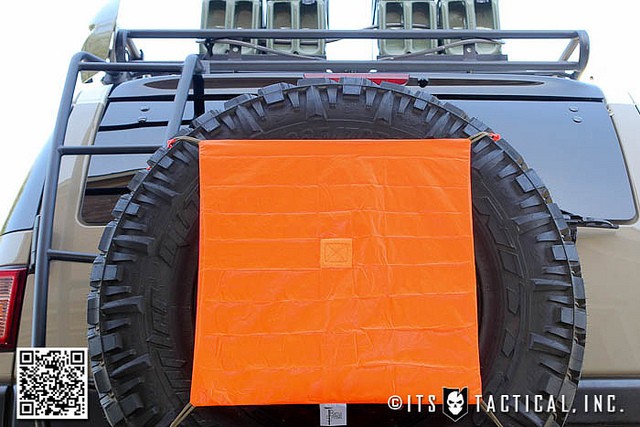
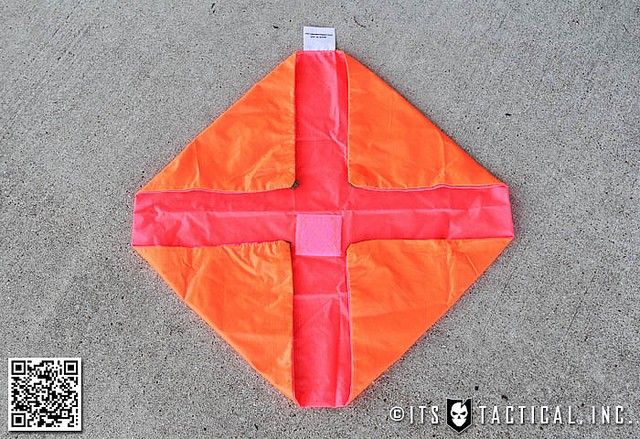
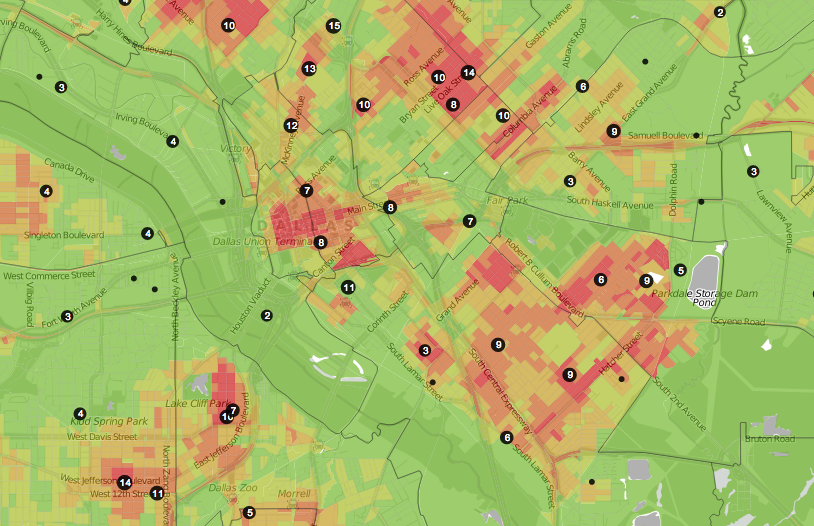

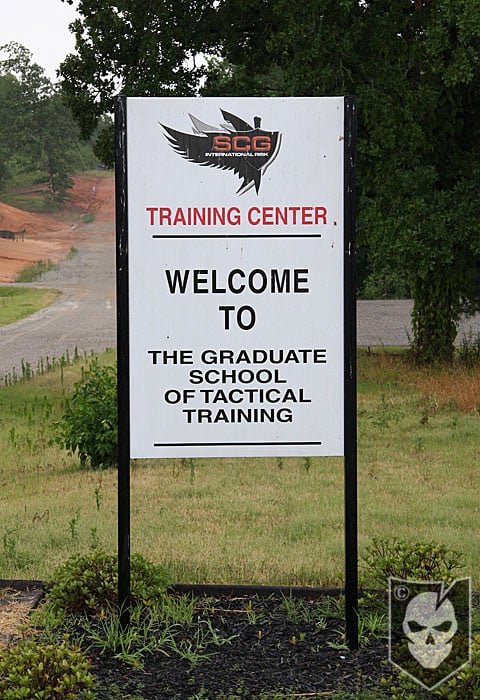
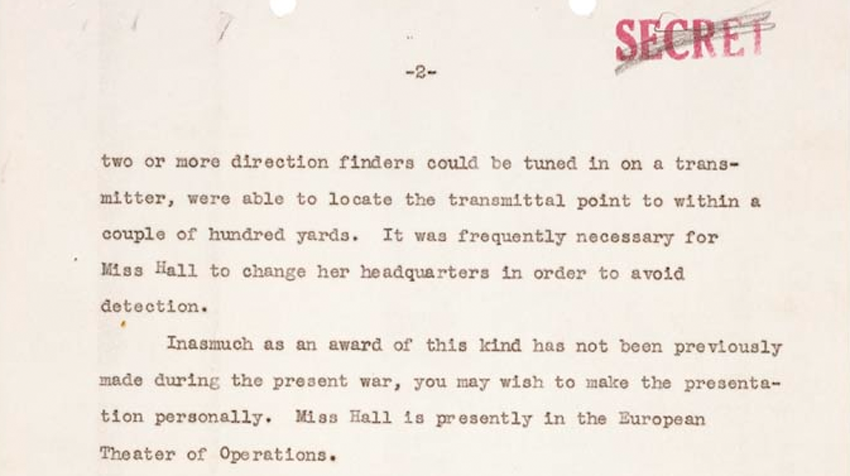

Discussion